Home>Home Appliances>Kitchen Appliances>How Do You Clean An Electric Kettle
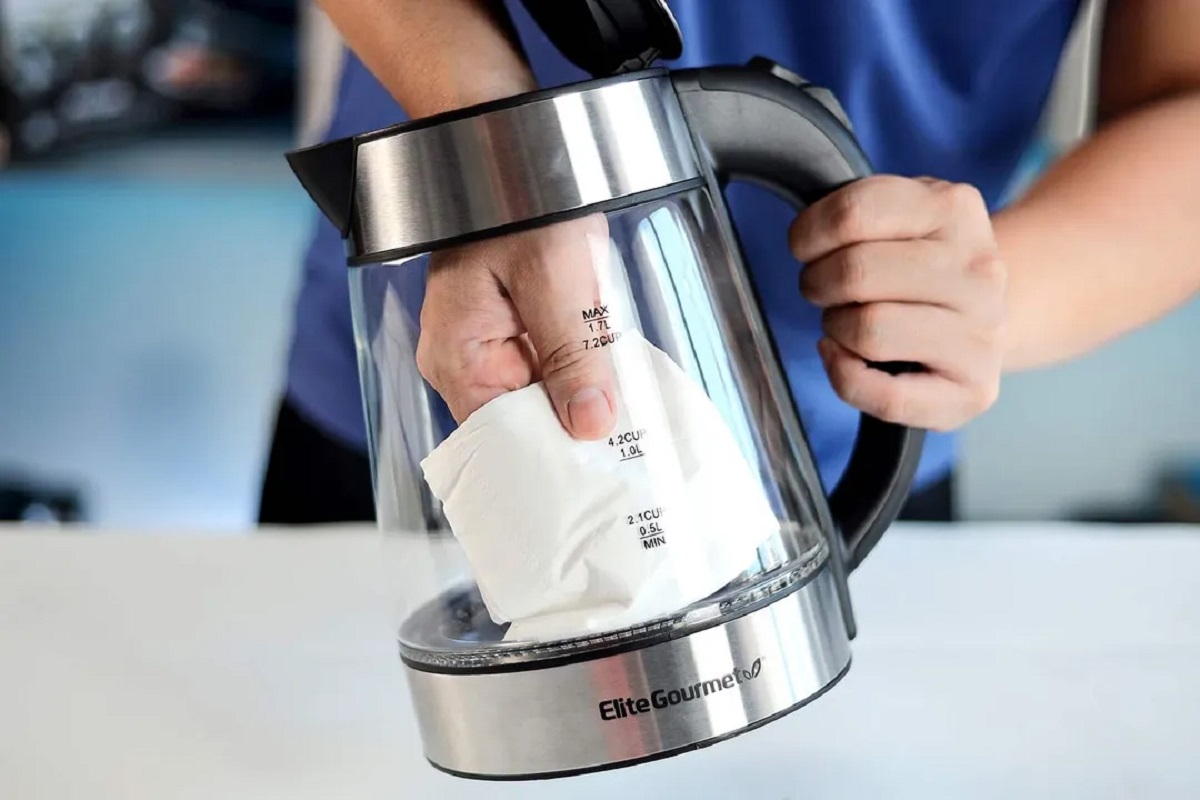

Kitchen Appliances
How Do You Clean An Electric Kettle
Modified: April 22, 2024
Learn the best methods for cleaning an electric kettle and keeping your kitchen appliances in top condition. Find out how to remove limescale and maintain hygiene.
(Many of the links in this article redirect to a specific reviewed product. Your purchase of these products through affiliate links helps to generate commission for Storables.com, at no extra cost. Learn more)
Introduction
Welcome to the world of electric kettles, where convenience meets the perfect cup of tea or coffee. Electric kettles have become a staple in many kitchens, providing a quick and efficient way to boil water for various hot beverages and culinary endeavors. However, like all kitchen appliances, electric kettles require regular cleaning to ensure optimal performance and longevity.
In this comprehensive guide, we will explore the essential steps to effectively clean an electric kettle, from the exterior to the interior, and address the crucial process of descaling. By following these steps, you can maintain the pristine condition of your electric kettle and enjoy its full potential for delicious hot drinks.
So, let’s dive into the world of electric kettle maintenance and learn how to keep this beloved kitchen appliance in top-notch condition.
Key Takeaways:
- Regularly clean your electric kettle using vinegar, lemon juice, and baking soda to remove mineral deposits and ensure great-tasting hot beverages.
- Descaling your electric kettle with vinegar or citric acid helps maintain efficiency and prolong its lifespan, ensuring perfectly boiled water for your favorite hot drinks.
Read more: How To Clean An Electric Kettle
Step 1: Gather Your Supplies
Before embarking on the cleaning journey, it’s essential to gather the necessary supplies to ensure a thorough and effective cleaning process. Here’s what you’ll need:
- Vinegar: This acidic wonder liquid is a powerhouse when it comes to removing mineral deposits and scale buildup.
- Lemon Juice: If you prefer a citrusy alternative to vinegar, lemon juice can be used as a natural descaling agent.
- Baking Soda: Known for its versatile cleaning properties, baking soda can help tackle tough stains and residue.
- Soft Cloth or Sponge: Opt for a non-abrasive cloth or sponge to avoid scratching the kettle’s surface during cleaning.
- Water: Clean, fresh water will be used for rinsing the kettle after the cleaning process.
- Dish Soap: Mild dish soap can be used for cleaning the exterior of the kettle.
- Cotton Swabs: These will come in handy for reaching tight spots and crevices within the kettle.
By having these supplies at the ready, you’ll be well-equipped to tackle the cleaning process with confidence and precision. With everything in place, it’s time to move on to the next step and start revitalizing your electric kettle.
Step 2: Clean the Exterior
Now that you’ve gathered your cleaning supplies, it’s time to focus on the exterior of your electric kettle. Over time, the exterior can accumulate stains, fingerprints, and grime, detracting from its overall appearance. Here’s how to restore its shine:
- Unplug the Kettle: Safety first! Ensure that the kettle is unplugged from the power source before beginning the cleaning process.
- Use Mild Soap and Water: Dampen a soft cloth with water and a small amount of mild dish soap. Gently wipe down the exterior of the kettle, paying attention to any areas with visible stains or residue.
- Focus on the Handle and Spout: These are common areas for fingerprints and spills. Pay extra attention to these spots, using the soapy cloth to remove any buildup.
- Rinse and Dry: After cleaning, use a clean, damp cloth to wipe away any soapy residue. Follow up with a dry cloth to ensure the exterior is completely dry.
- Polish if Necessary: For stainless steel kettles, a gentle stainless steel cleaner can be used to restore its luster. Always follow the manufacturer’s recommendations for cleaning and polishing stainless steel surfaces.
By following these steps, you can effectively remove dirt and grime from the exterior of your electric kettle, leaving it looking as good as new. With the exterior sparkling clean, it’s time to turn our attention to the interior of the kettle, where mineral deposits and scale may have accumulated.
Step 3: Clean the Interior
Now that the exterior of your electric kettle is gleaming, it’s crucial to address the cleanliness of the interior. Mineral deposits and other residues can build up inside the kettle over time, affecting the taste of your beverages and potentially compromising the appliance’s efficiency. Here’s how to effectively clean the interior of your electric kettle:
- Create a Vinegar Solution: Mix equal parts of water and white vinegar in the kettle, filling it to about halfway or three-quarters full.
- Boil the Vinegar Solution: Place the kettle on its base and bring the vinegar solution to a boil. Once the boiling cycle is complete, allow the solution to sit in the kettle for about 20-30 minutes. The acidic properties of the vinegar will help dissolve mineral deposits and scale buildup.
- Scrub the Interior: After the solution has cooled, use a soft brush or sponge to gently scrub the interior of the kettle, focusing on any stubborn areas where residue may be present.
- Rinse Thoroughly: Discard the vinegar solution and rinse the interior of the kettle several times with clean, fresh water to ensure that all traces of vinegar are removed.
- Dry the Kettle: Use a clean, dry cloth to thoroughly dry the interior of the kettle, ensuring that no moisture is left behind.
By following these steps, you can effectively remove mineral deposits and residues from the interior of your electric kettle, promoting better-tasting hot beverages and ensuring the longevity of the appliance.
With the interior now sparkling clean, it’s time to address a crucial aspect of electric kettle maintenance: descaling.
To clean an electric kettle, mix equal parts water and vinegar, then boil the solution. Let it sit for an hour, then rinse thoroughly with water. Wipe the exterior with a damp cloth.
Step 4: Descale the Kettle
Descaling is a vital process for electric kettles, especially in areas with hard water, as it helps to remove the mineral deposits that can accumulate and affect the performance of the appliance. Here’s how to descale your electric kettle effectively:
- Prepare the Descaling Solution: Depending on your preference, you can use either white vinegar or a citric acid solution. If using vinegar, mix equal parts of water and vinegar in the kettle. If opting for citric acid, dissolve a few tablespoons of citric acid in water.
- Boil the Descaling Solution: Place the kettle on its base and bring the descaling solution to a boil. Allow it to boil for a few minutes, ensuring that the solution comes into contact with the interior walls of the kettle.
- Let the Solution Sit: Turn off the kettle and let the descaling solution sit in the kettle for at least 15-30 minutes. This allows the acidic properties of the solution to break down and dissolve the mineral deposits.
- Discard the Solution and Rinse: After the solution has had time to work its magic, discard it and thoroughly rinse the interior of the kettle with clean, fresh water multiple times to ensure that all traces of the descaling solution are removed.
- Perform a Boiling Cycle with Clean Water: To ensure that any residual descaling solution is completely removed, fill the kettle with clean water and bring it to a boil. Discard the water and repeat this step if necessary.
Descaling your electric kettle on a regular basis, especially if you live in an area with hard water, can help maintain its efficiency and prolong its lifespan. By following these steps, you can effectively remove mineral deposits and scale, ensuring that your kettle continues to provide you with perfectly boiled water for your favorite hot beverages.
With the descaling process complete, it’s time to move on to the final steps of the cleaning process.
Read more: How Do You Clean A Copper Tea Kettle
Step 5: Rinse and Dry
After the thorough cleaning and descaling processes, it’s essential to ensure that your electric kettle is impeccably rinsed and dried to maintain its pristine condition. Follow these steps to complete the cleaning process:
- Rinse with Fresh Water: Fill the kettle with clean, fresh water and swirl it around to rinse the interior. Discard the water and repeat this rinsing process several times to ensure that all cleaning and descaling agents are completely removed.
- Dry the Kettle: Use a clean, dry cloth to meticulously dry the interior and exterior of the kettle. Ensure that no moisture is left behind to prevent any potential watermarks or residue from forming.
- Air-dry if Necessary: If there are any hard-to-reach areas or crevices, allow the kettle to air-dry thoroughly before use to ensure that all moisture has evaporated.
- Perform a Boiling Cycle with Water: As a final step, fill the kettle with fresh water and bring it to a boil. Discard the water and repeat this process to ensure that any lingering odors or tastes from the cleaning agents are eliminated.
By thoroughly rinsing and drying your electric kettle, you can maintain its cleanliness and ensure that it continues to provide you with pure, untainted hot water for your favorite beverages.
With these steps completed, your electric kettle is now sparkling clean, descaled, and ready to serve up perfectly boiled water for your daily tea, coffee, and other hot beverage needs.
Conclusion
Congratulations on successfully completing the comprehensive cleaning process for your electric kettle! By following the steps outlined in this guide, you’ve ensured that your appliance is free from mineral deposits, scale buildup, and unsightly stains, allowing it to function at its best and provide you with delicious hot beverages.
Regular maintenance and cleaning of your electric kettle are essential for preserving its performance and extending its lifespan. By incorporating these cleaning practices into your routine, you can enjoy consistently great-tasting hot drinks while preventing the accumulation of mineral deposits that can affect the kettle’s efficiency.
Remember to maintain a supply of cleaning essentials such as vinegar, lemon juice, baking soda, and mild dish soap to ensure that you’re always prepared to give your electric kettle the care it deserves. Additionally, keeping the exterior and interior of the kettle clean not only enhances its appearance but also promotes a hygienic environment for your kitchen.
With your electric kettle now in pristine condition, take a moment to savor the satisfaction of a job well done. Whether it’s a soothing cup of tea, a robust mug of coffee, or hot water for your favorite instant meals, your clean and descaled electric kettle is ready to meet your needs.
Thank you for joining us on this cleaning journey, and may your electric kettle continue to serve you well for many delightful tea times and coffee breaks to come!
Frequently Asked Questions about How Do You Clean An Electric Kettle
Was this page helpful?
At Storables.com, we guarantee accurate and reliable information. Our content, validated by Expert Board Contributors, is crafted following stringent Editorial Policies. We're committed to providing you with well-researched, expert-backed insights for all your informational needs.
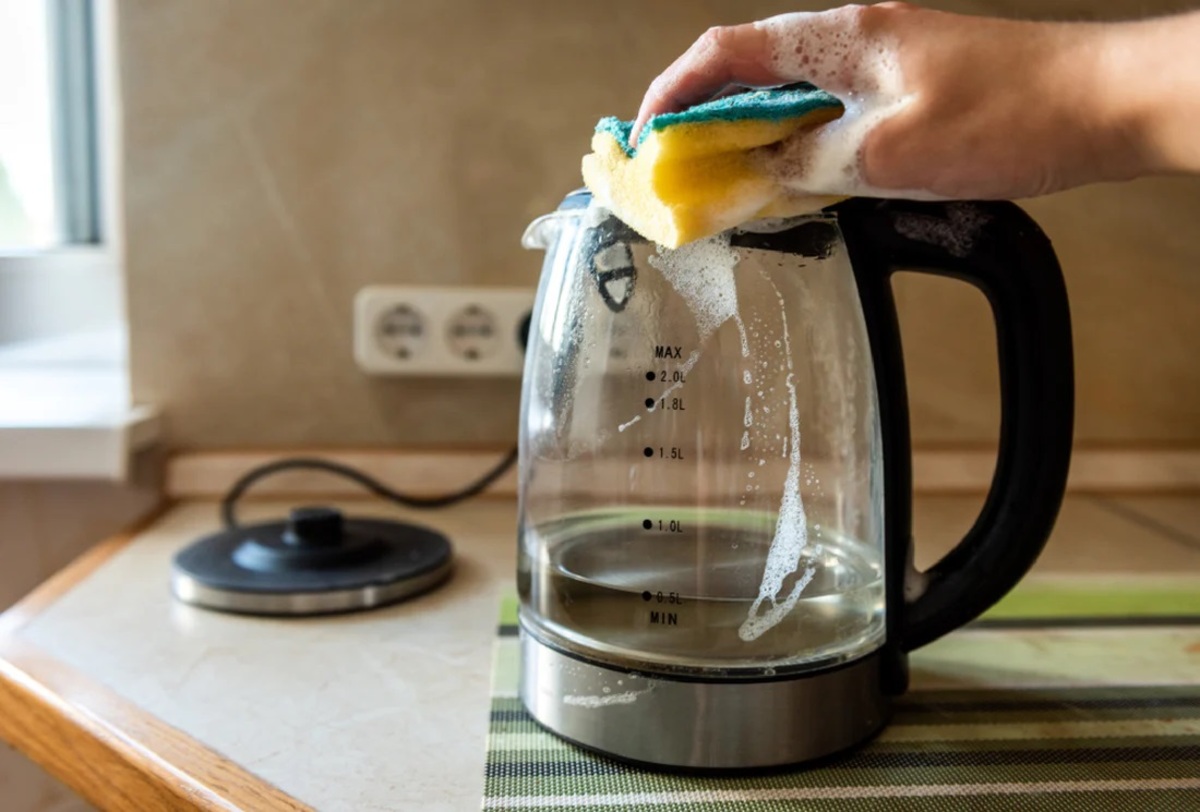
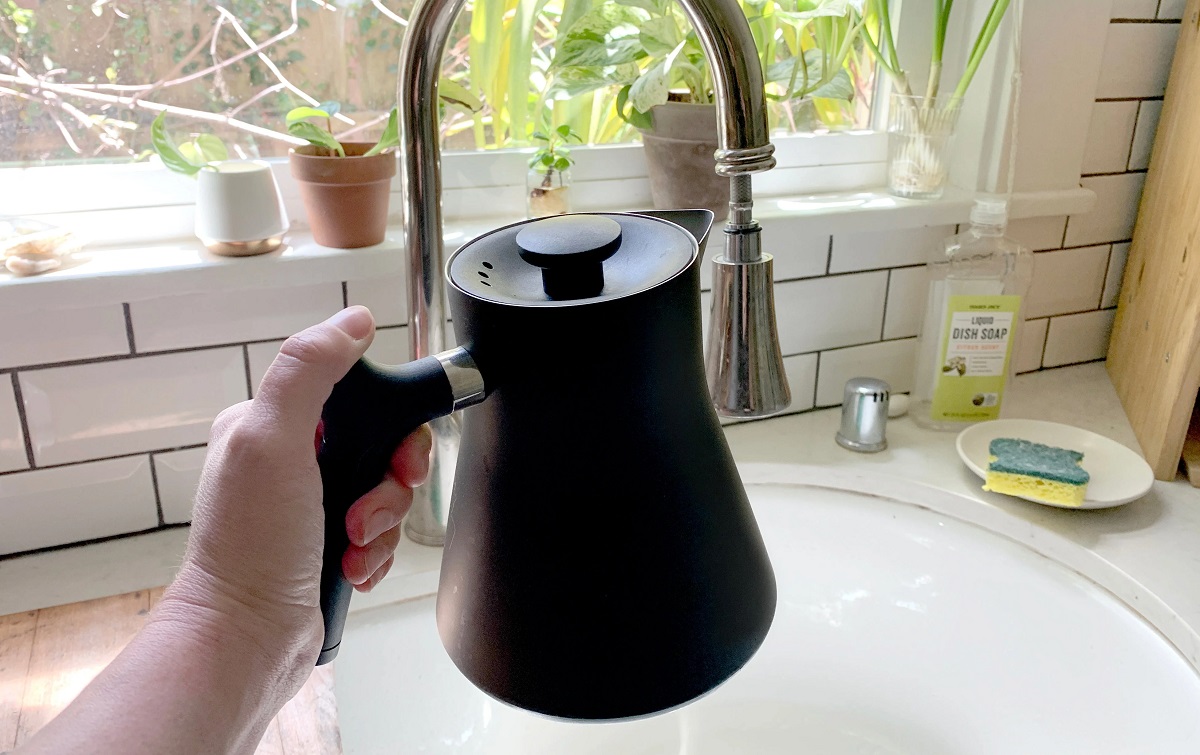
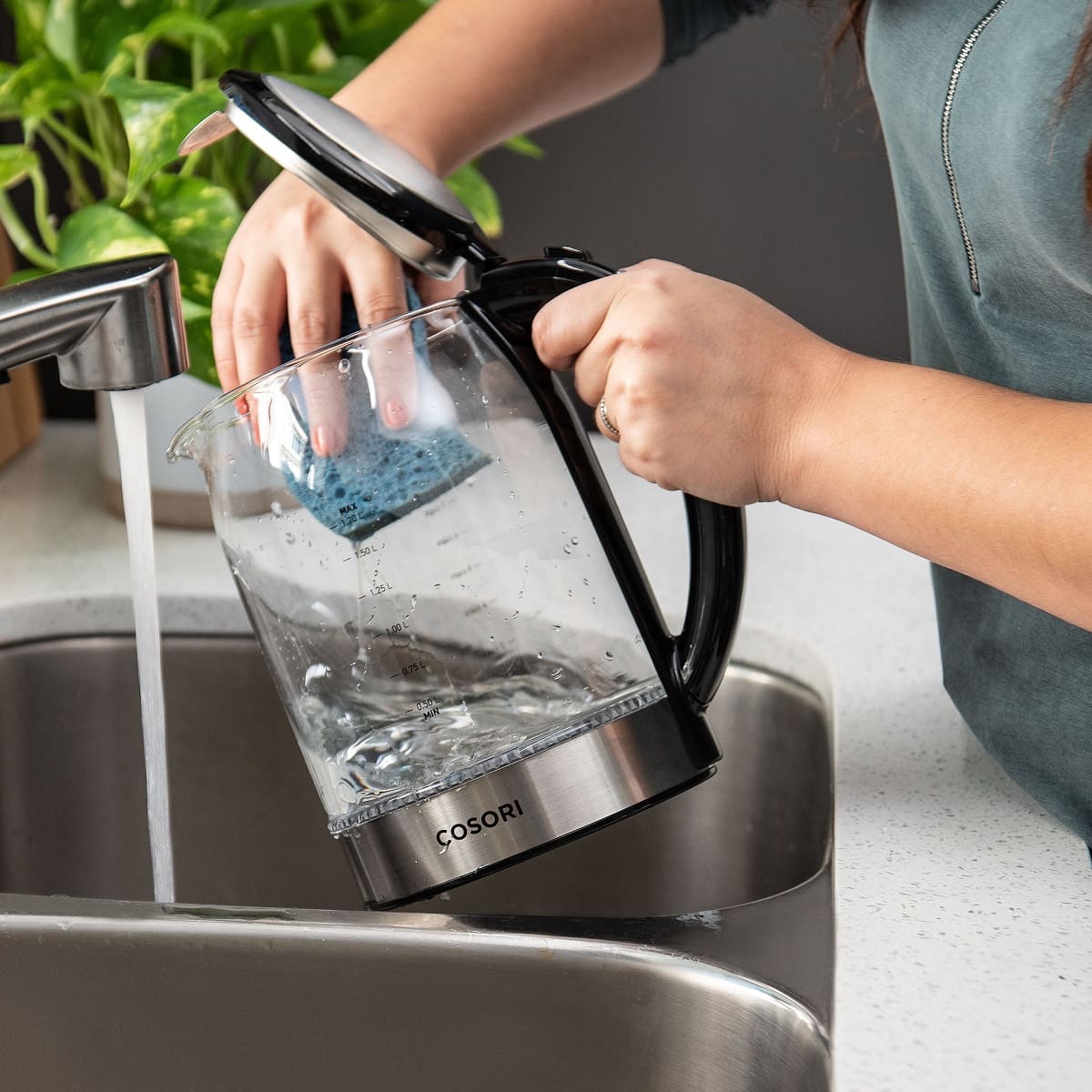
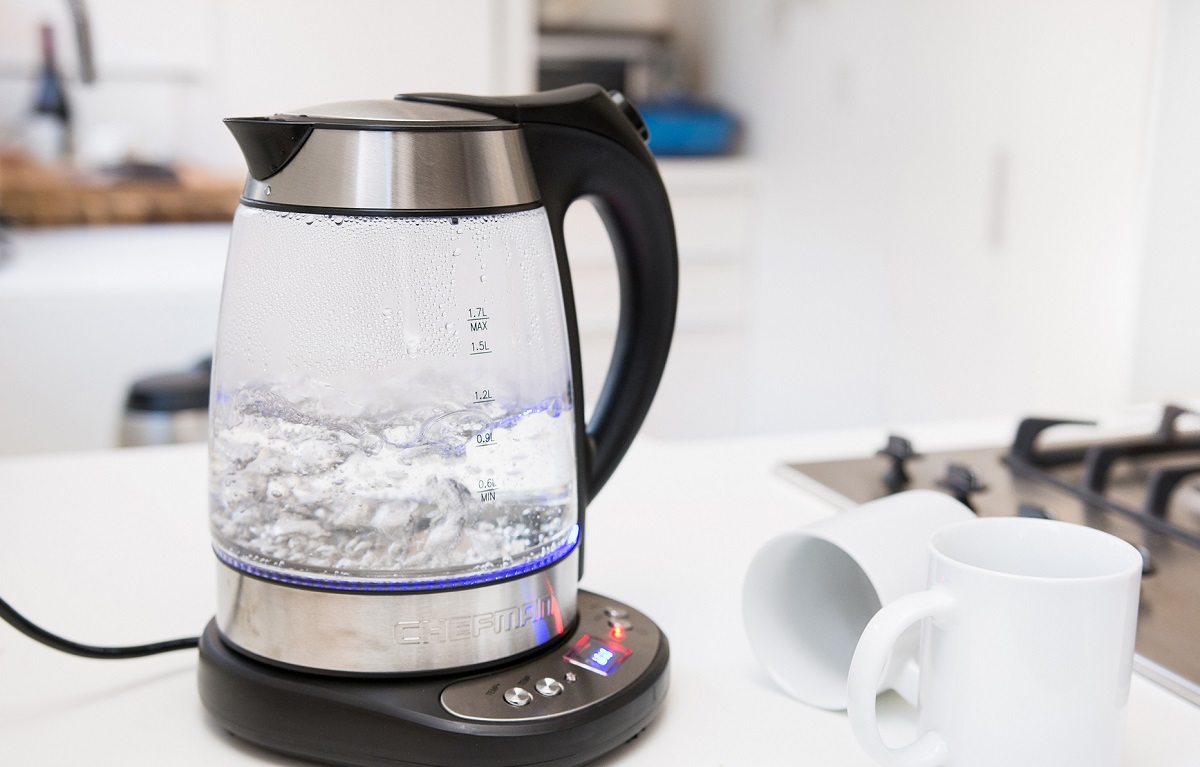
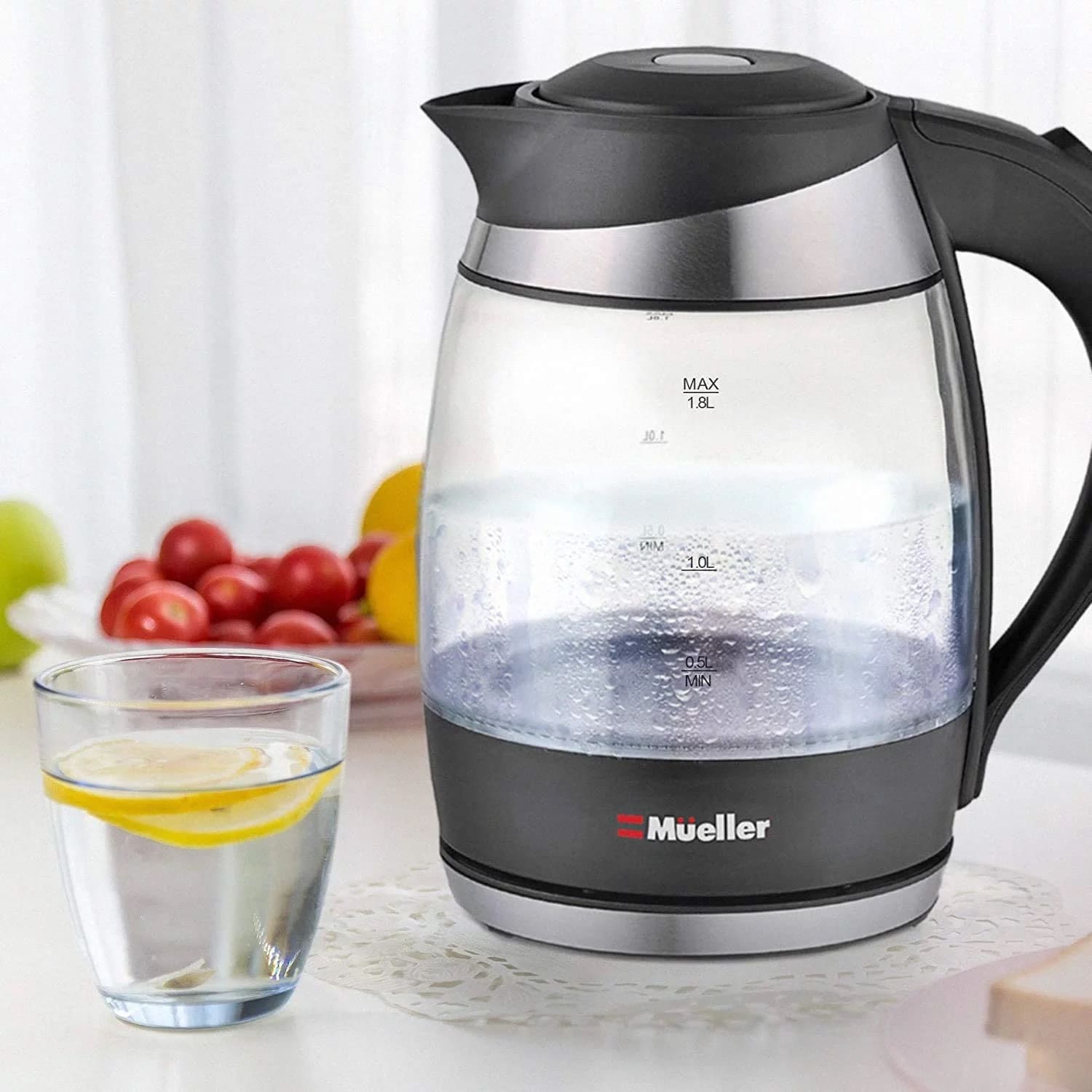
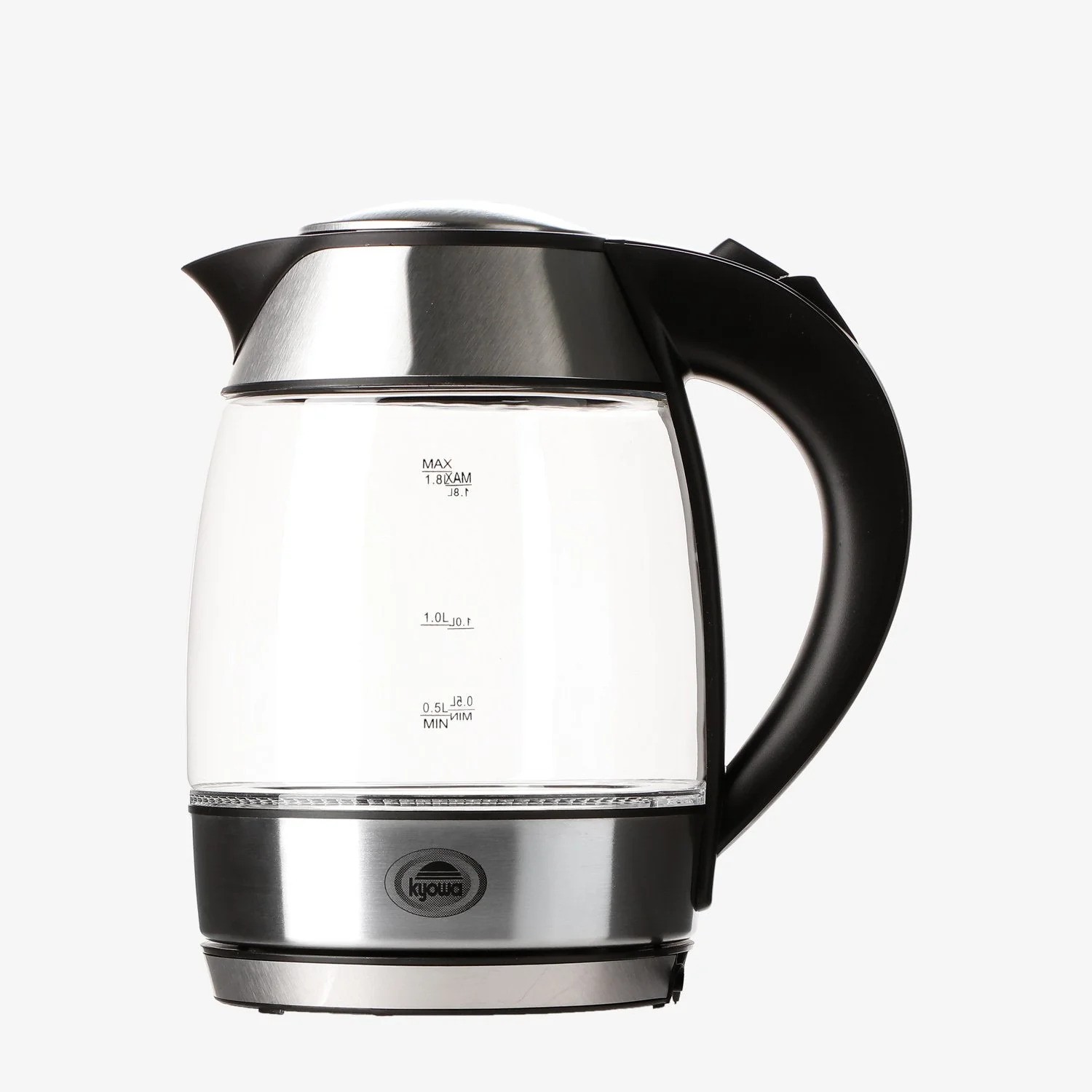
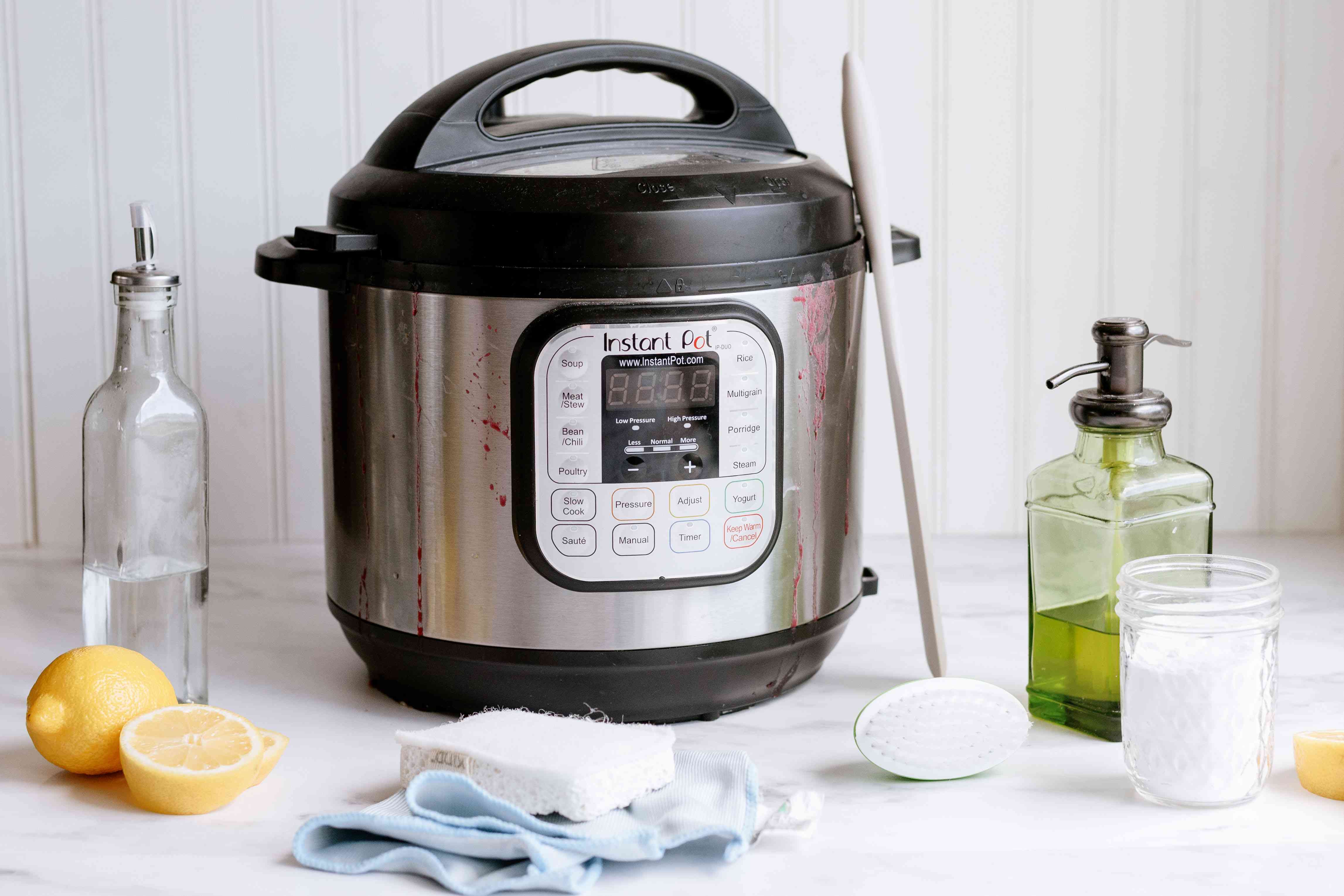
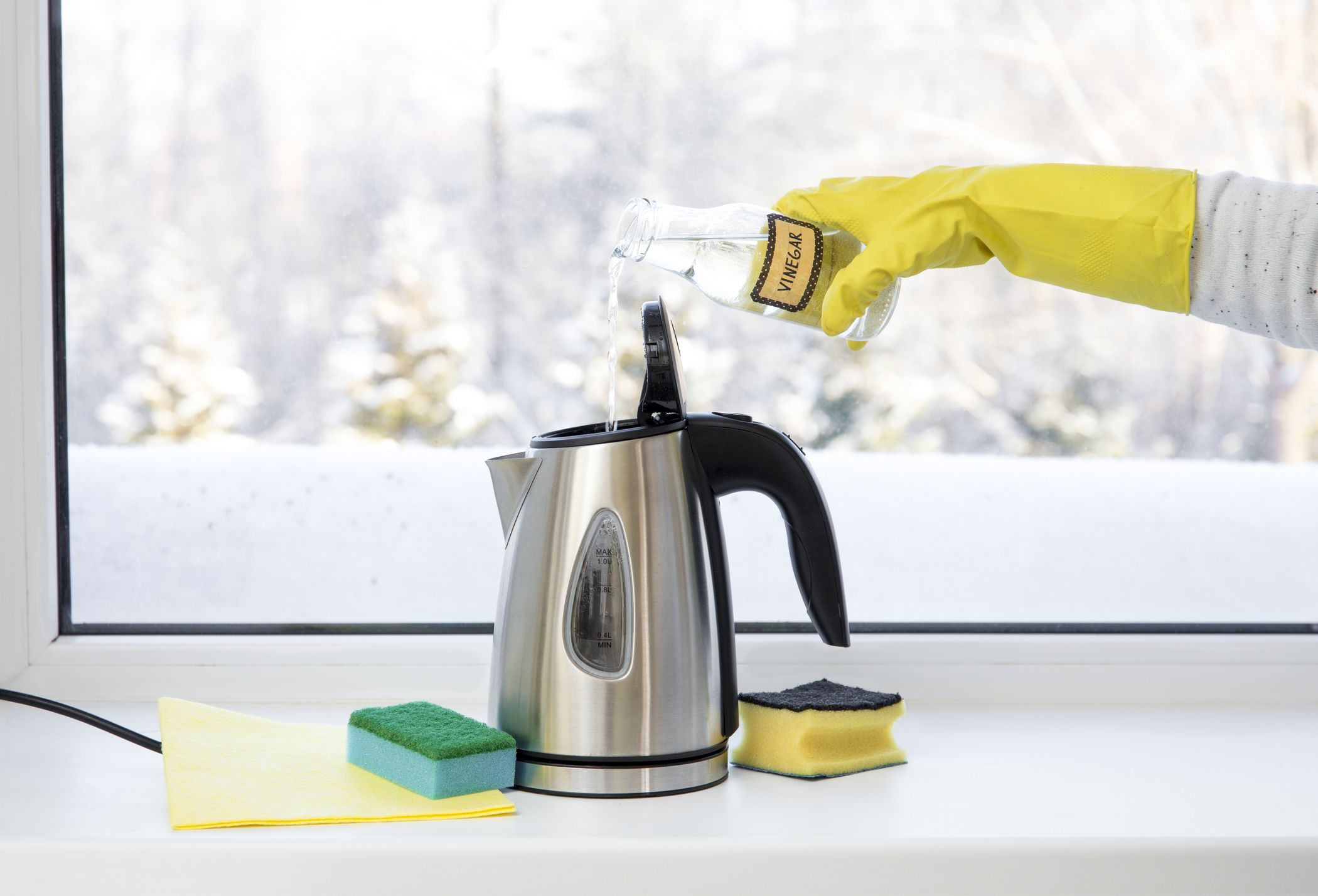
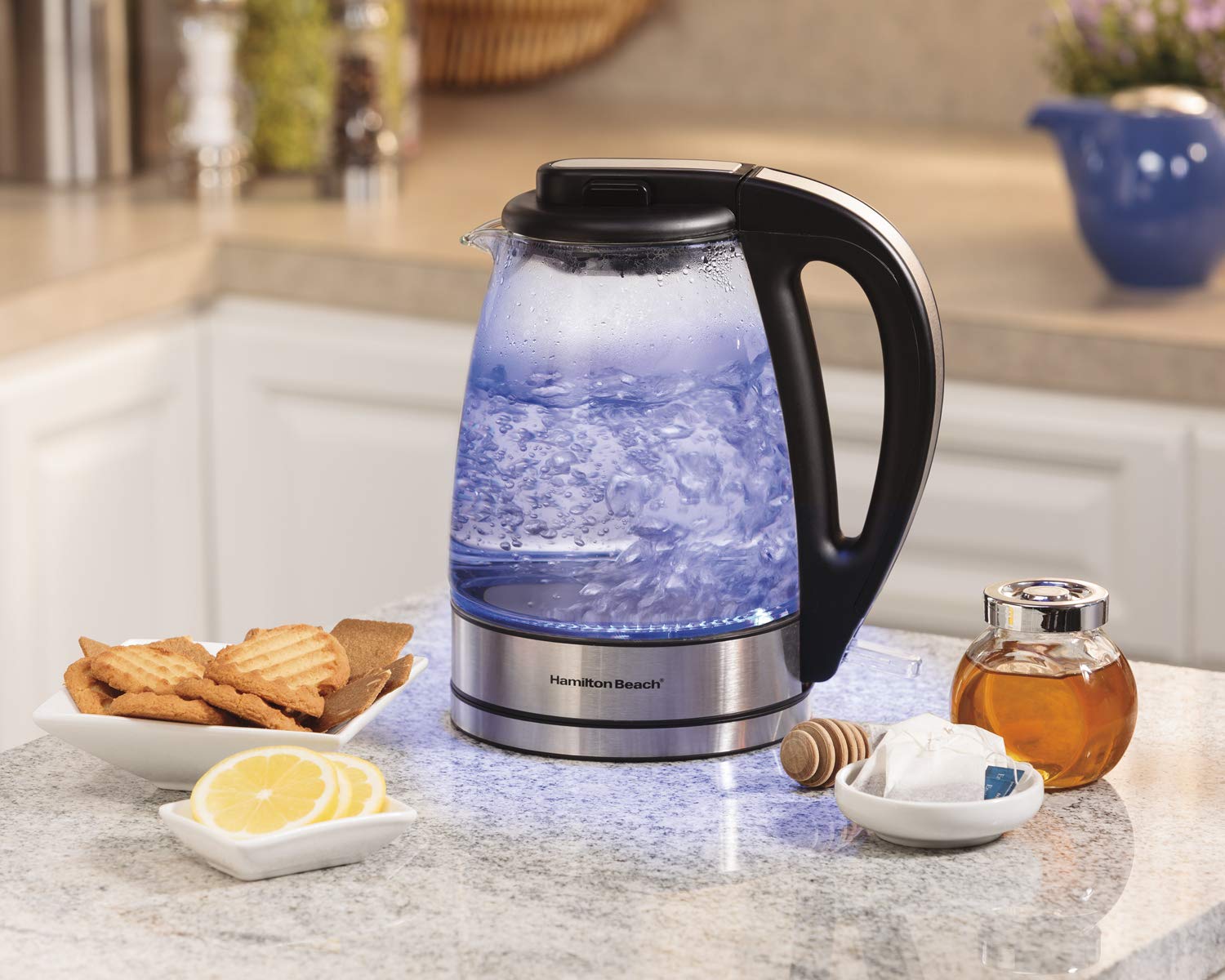
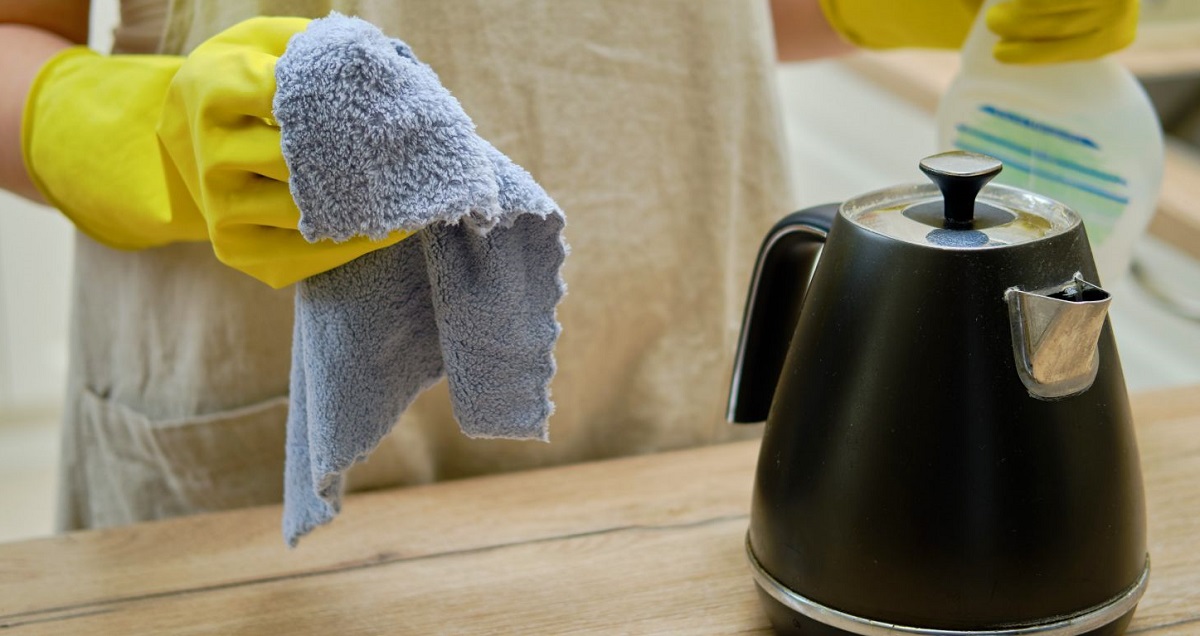
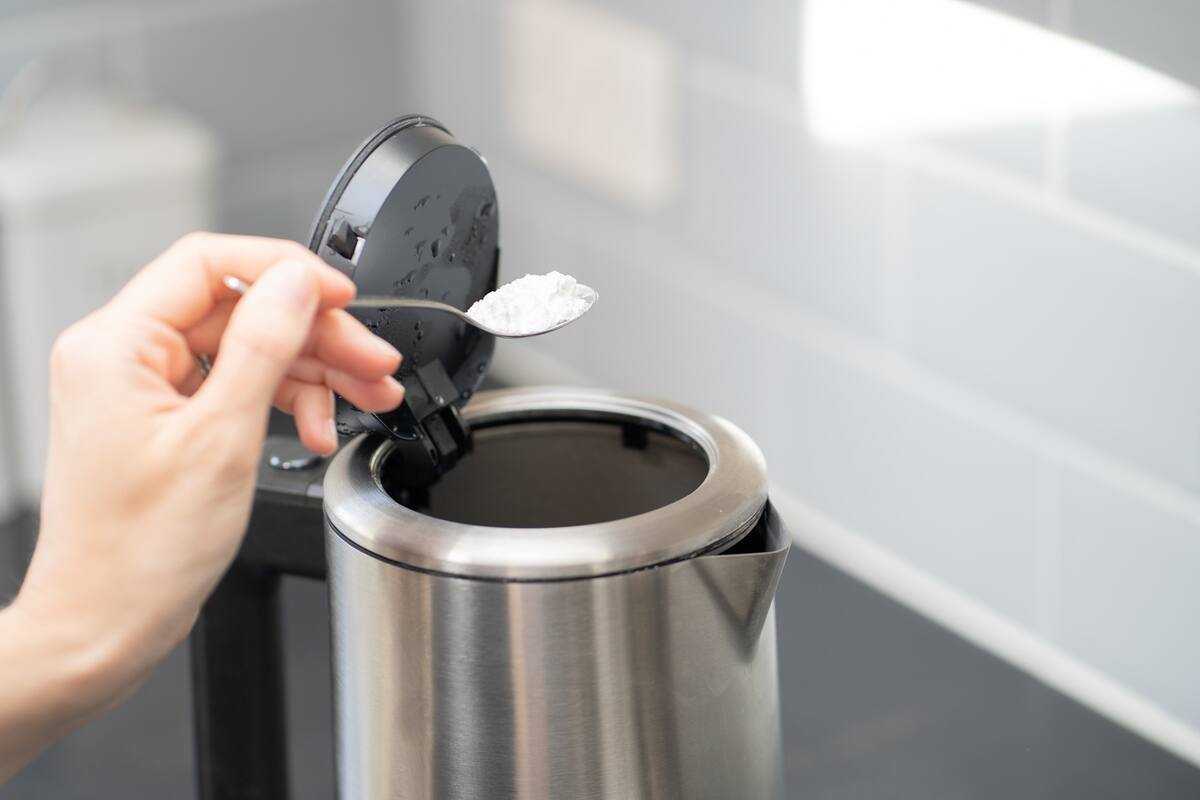
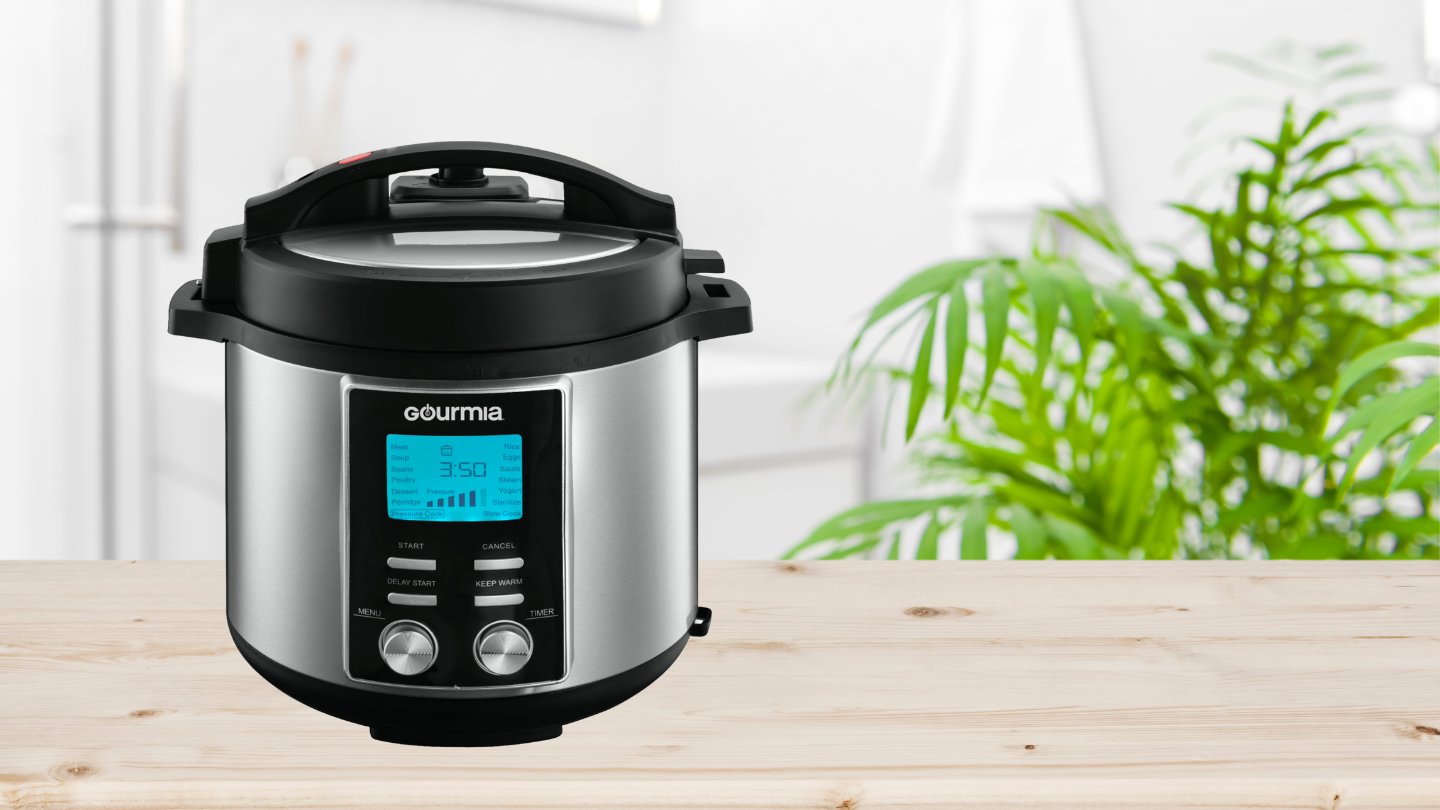
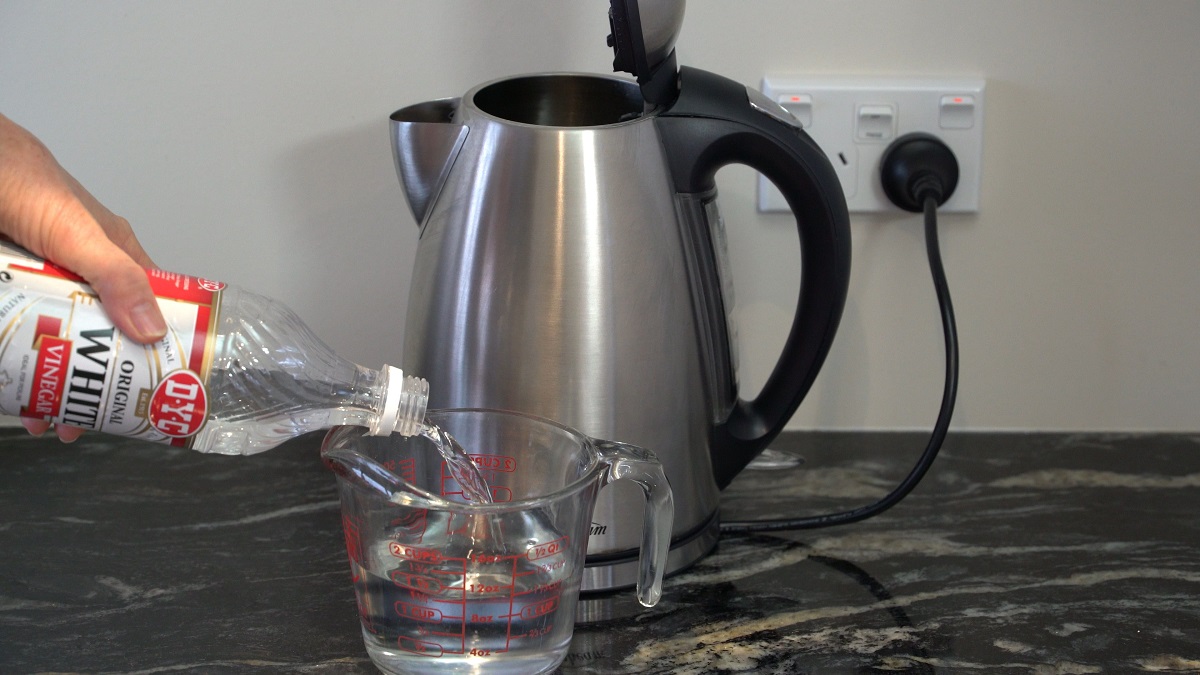
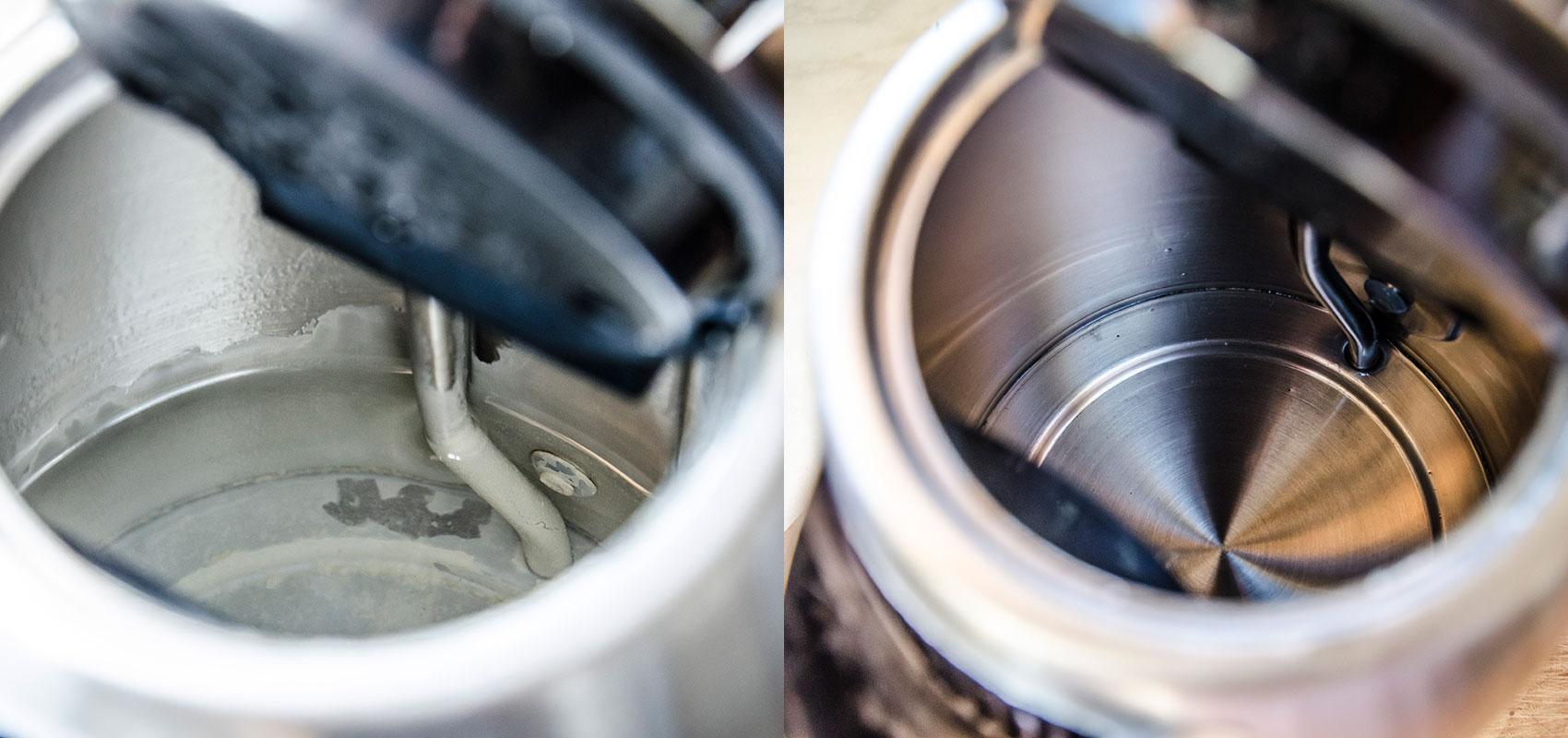

0 thoughts on “How Do You Clean An Electric Kettle”